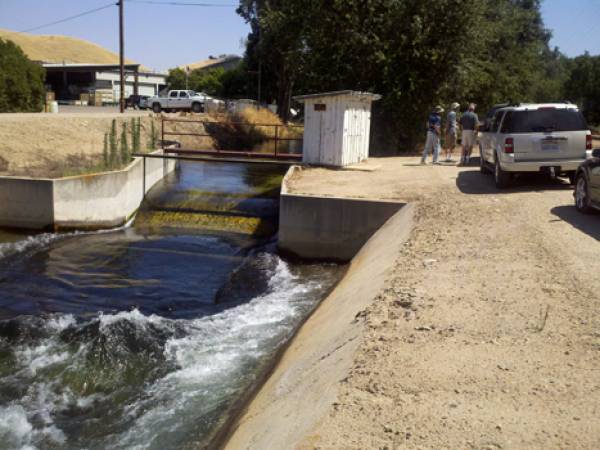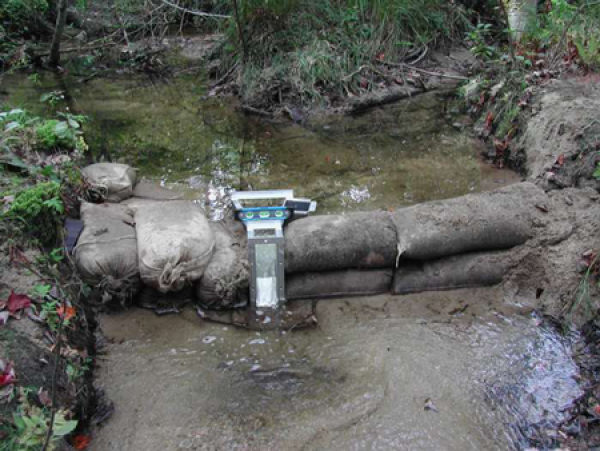This website uses a variety of cookies, which you consent to if you continue to use this site. You can read our Privacy Policy for
details about how these cookies are used, and to grant or withdraw your consent for certain types of cookies.
The Secondary Point of Measurement (Hb) of a Parshall Flume
Under free-flow conditions, short-throated flumes control flow in a region of the flume that produces curvilinear flow. As such, there is only one point of measurement at which the level-to-flow relationship holds. This primary point of measurement, Ha, occurs in the converging section of the Parshall flume – upstream of the throat.
Now for most applications, the level at Ha is all that needs to be measured, but when the backwater from downstream begins to impede free flow out of the flume, the secondary point of measurement needs to also be measured.
Comparing the ratio of the secondary level to the primary level (Hb/Ha) determines if the flume has become submerged and if it has, how the submergence impacts the actual flow rate trough the flume. For a Parshall flume, the Hb location is located just upstream of the junction of the flume throat and the discharge section. The zero elevation for Hb is the floor of the converging section of the flume (the same as Ha). For exact Ha and Hb locaitons, refer to the master dimensions for the Parshall flume.
As the submergence increases in a Parshall flume, the hydraulic jump created by the slowing down of the fast flow from the throat of the flume moves towards - and then into - the throat of the flume. The hydraulic jump is turbulent and accurate level readings are difficult in and around it.

As a result, the determination of the Hb level is almost always taken in a stilling well – even in applications where otherwise a stilling well would not be used. The stilling well creates a nice, calm area in which the level can be determined. The bottom intake eliminates surface turbulence – allowing the level in the stilling well to reflect the average water level in the flume. Without a stilling well, errors of 10 to 20 percent are common where choppy water is present, making the calculation of Hb suspect as well as degree of flume submergence.
MASTER PARSHALL FLUME DRAWING SHOWING Ha AND Hb
Source: US Bureau of Reclamation, Water Measurement Manual
Related Blog Posts
Explore more insights in our blog.

LOCATIONS IN ATLANTA, GA & BOISE, ID




